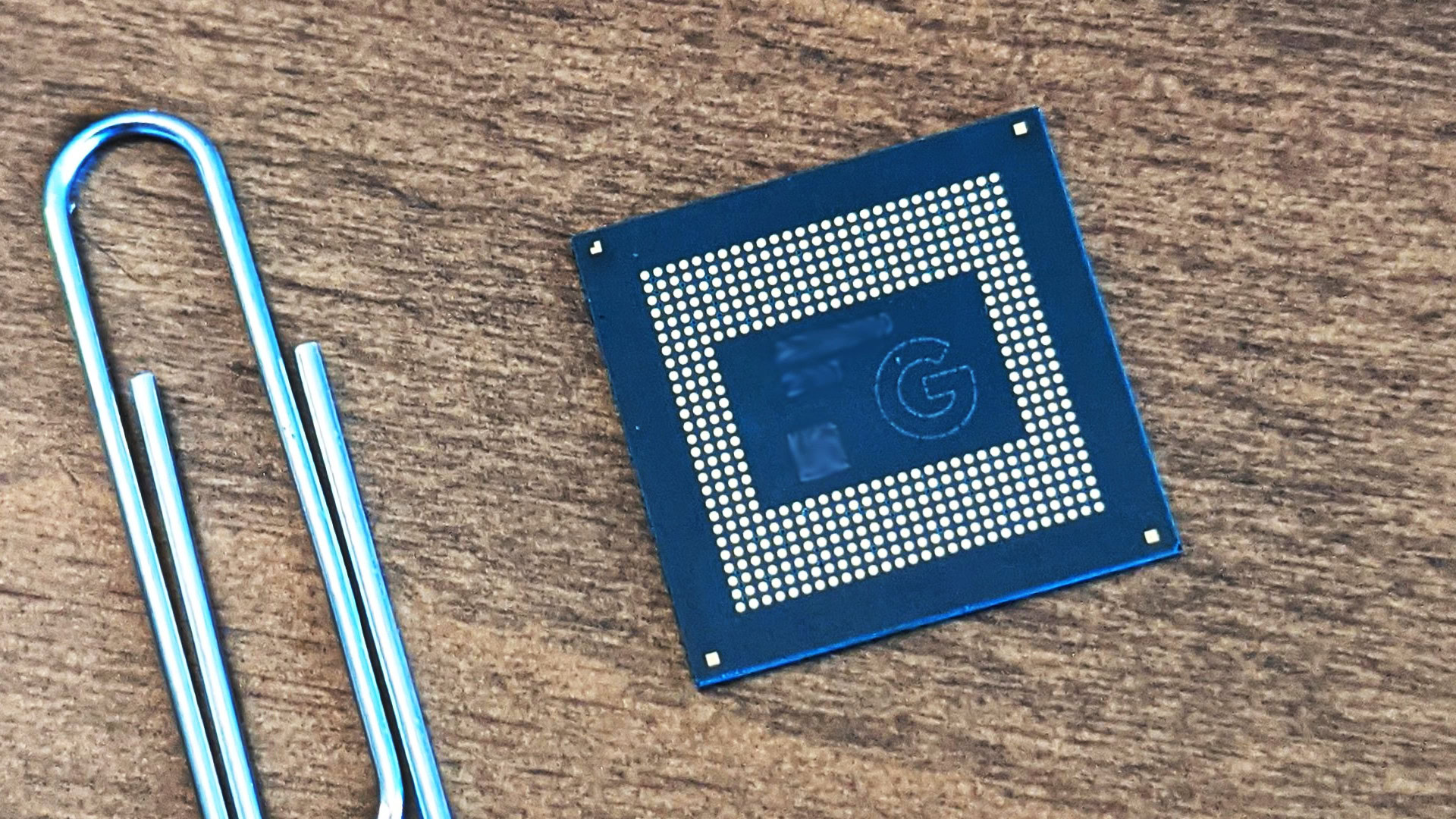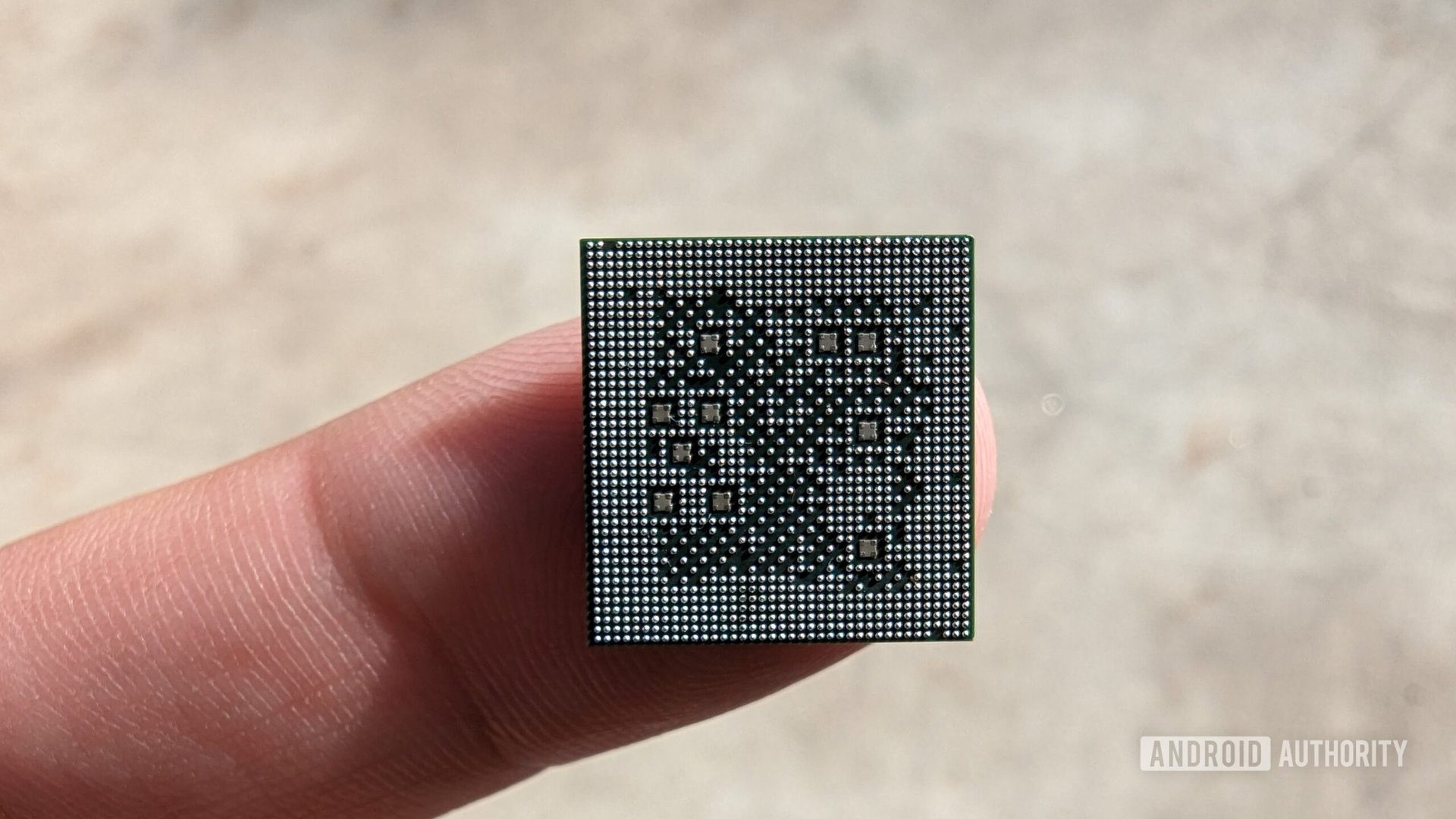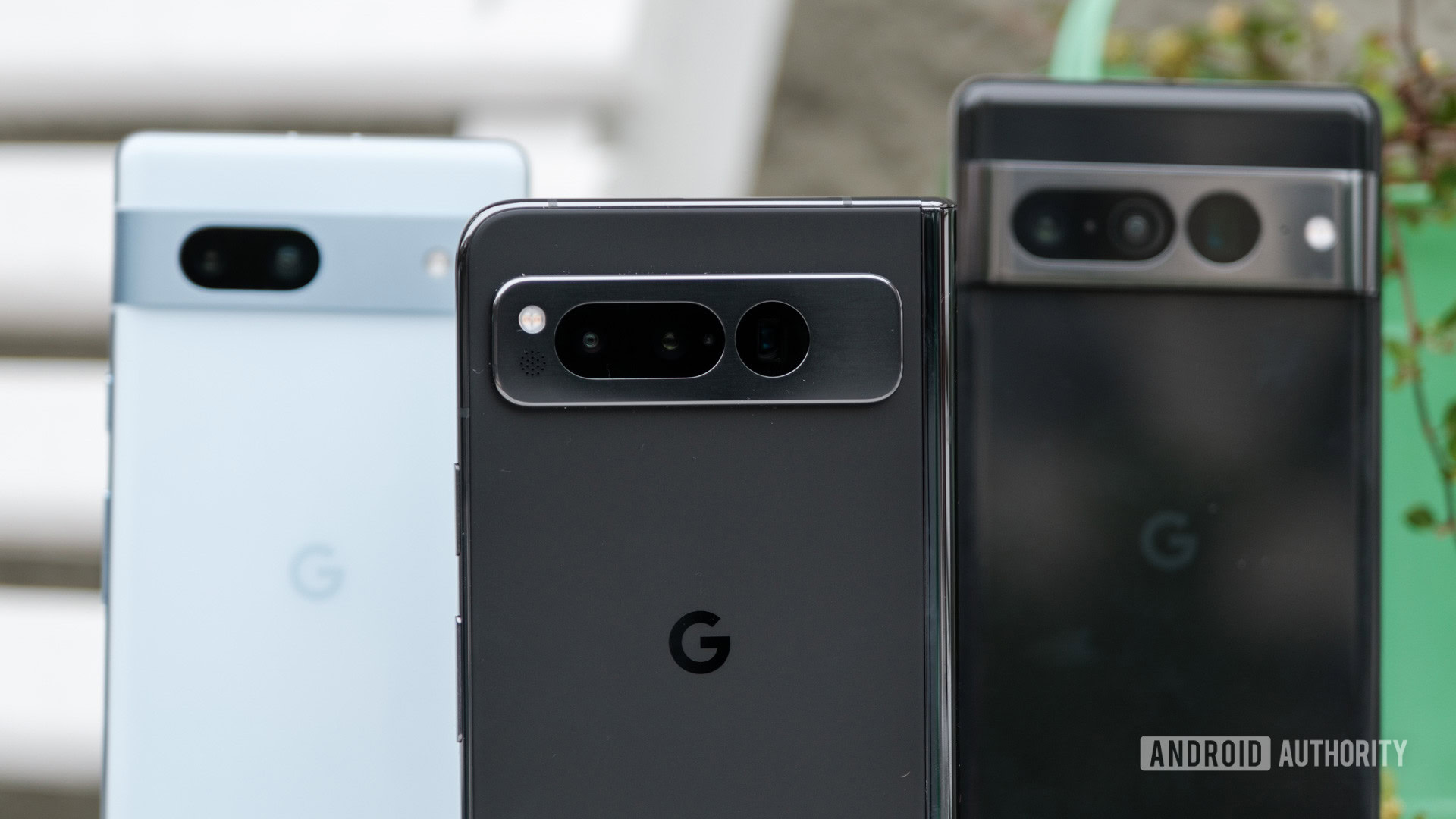Affiliate links on Android Authority may earn us a commission. Learn more.
Exclusive: Google Pixel 9 processor won't be the ambitious chip we hoped for
When Google introduced its first Tensor chipset with the Pixel 6, its intentions were pretty clear: to grow independent of Qualcomm’s Snapdragon (or any other chipset vendor) and to build experiences that would otherwise be impossible. While we’re still waiting for the Pixel 8 series and its accompanying third-generation Tensor G3 processor, Google’s chips have already delivered some impressive features that would likely be impossible on other chipsets, especially in AI and image processing.
All of this, however, was somewhat undermined by the fact that Tensor chips have, so far, been designed in collaboration with Samsung. While they feature parts built by Google, major aspects of their design are derived from Samsung’s Exynos chips.
Unfortunately, this will remain the case for the upcoming Tensor G3 and future Tensor G4. Thanks to a Google insider, Android Authority has now learned Google’s Tensor plans for 2024 and beyond.
Google Tensor G4 (and beyond)

As reported by The Information (paywalled), Google initially planned to release its 2024 Pixel series with a “fully custom” Tensor SoC codename “Redondo” (internally also known as “RDO”), built on a TSMC process node. However, due to a missed deadline, the chip was too late to be included in 2024’s Pixel 9 series (as chip development is a lengthy process, usually starting years before release).
Google has instead decided to manufacture the SoC for testing purposes, as its successor, which will likely make it into the 2025 Pixel devices, will share many of its design elements. As we’ve learned, Google has designed a development board called “ChallengerDeep” to work on the chip.
There is, however, still the matter of Pixel 9. With Redondo out of the picture, Google needs another chip to become the Tensor G4. The solution to this problem is a new chip codenamed “Zuma Pro.” Note that the Tensor G3 — the SoC that’s coming to the Pixel 8 series — is known as “Zuma.”
The Pixel 9 won't feature Google's Redondo chip as planned, it'll use Zuma Pro instead.
The new chip is still semi-custom, co-designed with Samsung’s System LSI division, and will most likely be a smaller upgrade than initially planned. This is similar to how Tensor G2 (codename “Whitechapel Pro”) was a modest update over the original Tensor (“Whitechapel”). The chip currently runs under a development board codename “Ripcurrent 24” (also referred to as “Ripcurrent Pro”), whereas the Tensor G3 used just “Ripcurrent”.
Google is also already working on the next-generation fully-custom Tensor chip codename “Laguna Beach” (or simply “Laguna”) for 2025 Pixels. The development board for the chip is codenamed “Deepspace.”
You might be confused about what “fully custom” or “semi-custom” even means in the context of SoC design. To answer that, we need to look at the history of Tensor chips and how they’ll change after this switch.
How to design a custom SoC (fast)

Co-designing an SoC with Samsung
Google probably first approached designing its own SoC something like this: several years back, it wanted something to integrate the great work of its existing hardware teams (like the Pixel Visual Core, the Titan security chip, and the Edge TPU) into a single smartphone chip that would be uniquely tailored to its needs and requirements.
At that time, the Google chip team (known as gChips) was fairly small, so designing a complete SoC from scratch would be difficult (if not impossible). Instead, Google decided to find someone who could handle parts of the design process that it didn’t have the capacity for while its team worked on components that more directly affected the Pixel user experience.
Samsung LSI reportedly established a new “Custom SoC” division in early 2020, providing close design support to new chipset customers. The company was looking to leverage its massive library of IP blocks, encompassing CPUs to 5G modems, relying on its proven track record in a multitude of products. We don’t know exactly when Google approached Samsung (it would likely have been in 2019 or earlier), but the nature and timing of Tensor and public awareness of Samsung’s custom chip venture line up quite well.
Initially, Google worked on smaller IP blocks and needed an experienced chip designer to put the rest together.
Google will have delivered a list of its project requirements, consisting of the custom hardware it wanted to include and specific customizations — for example, Tensor’s more unique 2+2+4 CPU core layout. Samsung began working on its part of the contract, using IP from its vast library to build out the rest of the SoC to the specific requirements. Google, meanwhile, started preparing to deliver its custom hardware parts (such as the Titan chip, Edge TPU, custom ISP elements, or a custom AV1 decoder) to Samsung for the final integration. After that, Samsung began working on the physical design of the chip and eventually manufactured it in one of its fabs.
After that, Samsung helped Google in the first stages of work on the chip (called “the bring-up”) and further assisted them with solving issues and bugs. The company also provided Google with software for some of the design elements that are in the chip.
Thanks to all this, Google was able to get its first custom chip on the market in considerably less time and with a smaller team than it would have taken to build Tensor independently.
Going (fully?) independent

Over the past few years, gChips has greatly expanded its team and experience. It has also expanded its IP block library. For example, Tensor G2 introduced a DSP called GXP. Google is increasingly capable of ditching Samsung’s hand-holding.
So, what exactly changes with Redondo and Laguna Beach? Google will now be responsible for all the parts of the design process previously done by Samsung.
It’ll first have to source the necessary hardware IP blocks, be it by designing them in-house or by licensing them from a 3rd party. There are a lot of companies providing these types of services, like Arm, Cadence, Synopsys, or… Samsung. It’s quite likely that Google will still use some IP originally used in Exynos chips in its “fully custom” chips, but the nature of the design will be far more customizable.
By moving away from Samsung, Google will have greater control over future chipsets.
Google’s design team will also have to deal with the verification and physical design of the chips, two notoriously difficult aspects. Not only that, but it’ll be responsible for dealing with chip fabs (like TSMC) and other miscellaneous steps they might encounter in the process. A lot of software will likely need to be written from scratch, and Google will no longer have Samsung to ask for support.
How is that going to look in practice? It’s unlikely we’ll see drastic changes to the upcoming Tensor chips in the short term. Moving to fully custom is a bid for independence and will allow Google to customize its chips beyond what’s currently available, but it’s not a miracle — it’s simply a logical next step in the development of Tensor. One thing that we know for sure, however, is that it will let them switch to TSMC’s foundry, which currently offers manufacturing nodes far more efficient than anything offered by Samsung.
We are excited to see what Google has in store for its future Tensor chips. While Redondo being delayed is undoubtedly disappointing, it will ultimately lead to an even better Tensor G5, which should be great for future Pixel buyers.